At Meshpoint we're always looking for ways to improve performance and stability.
Therefore we're looking for compare our current setup that uses ad-hoc interfaces on top of which we use babel mesh routing protocol with 802.11s mesh that recently became available in OpenWrt and LEDE.
With the availability of IEEE 802.11s mesh technology we wanted to compare results and is which solution offers better stability and more bandwidth.
For first round of tests we devised this test:
We used 2 TP-Link WR842ND routers flashed with our custom LEDE firmware image that uses babel mesh routing protocol. For the purpose of the test we disabled AP mode on there routers so that no client could connect and disrupt results on our test routers.
The routers were placed 2 meters away from each other (keep in mind that this was not a range test but stability and bandwidth test) and laptop with iperf3 was connected on each side. On one side there was direct internet connection (fiber 200/100Mbits) for the dslreports.com part of the test.
We used wireless channel 13 to minimise interference from other wifi networks.
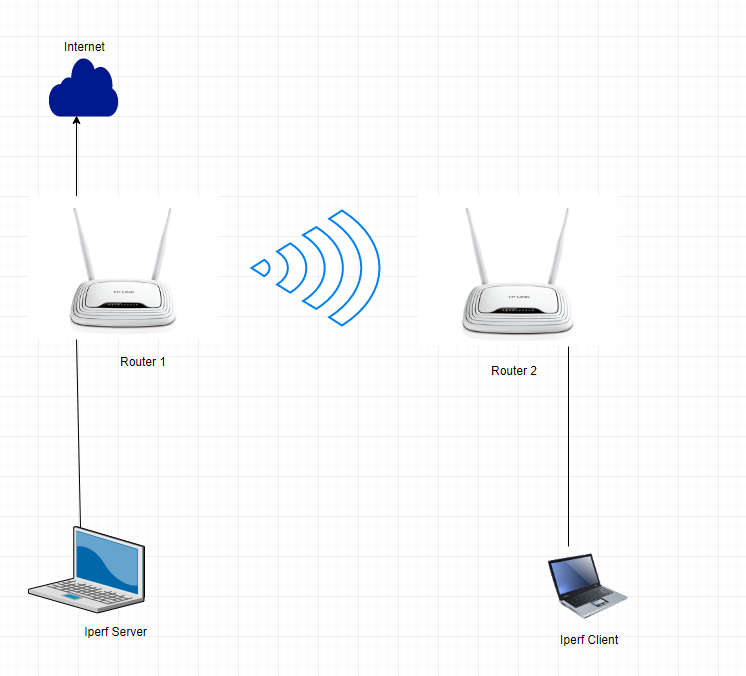
Test network layout diagram
The results:
Ad-hoc mesh
Results were erratic and unpredictable, going from 5 to 33 Mbps, so we ran tests 10 times but we never got anything even remotely close to stable and reliable network bandwidth.
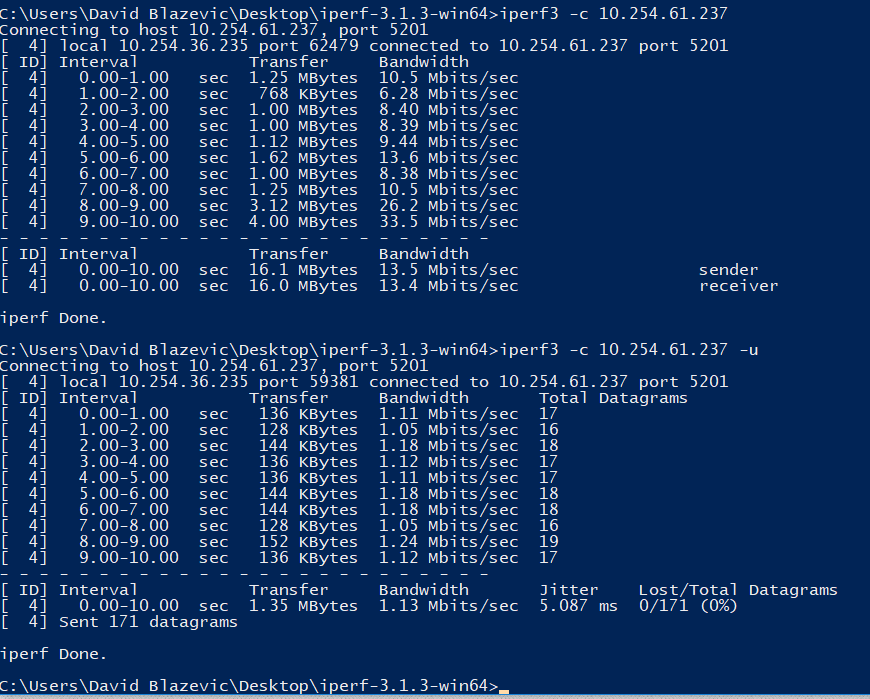
Iperf3 basic test results ad-hoc
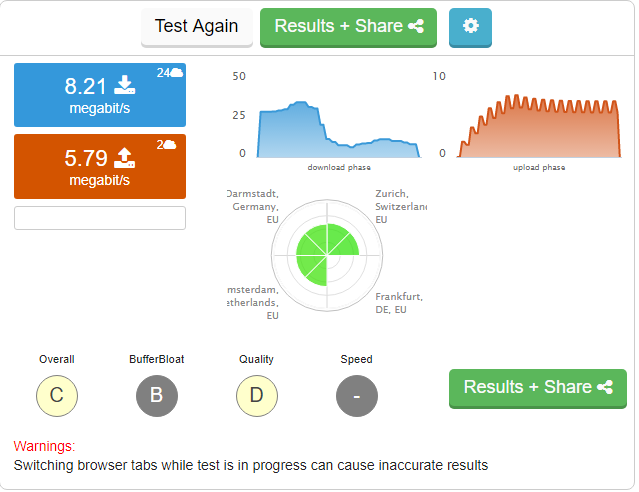
Iperf3 speedtest results via dslreports.com
Internet bandwidth test was done with laptop connected to router 2 that then run the tests. The graph shows that speed is inconsistent, starting with only 25 Mbps and dropping further to only 5-8 Mbps. Testing directly on router 1 showed is that Internet connection is not the cause of poor performance, but ad-hoc interface itself.
IEEE 802.11s test results
After testing ad-hoc mesh we switched to testing the 802.11s mesh.
Iperf3 test:
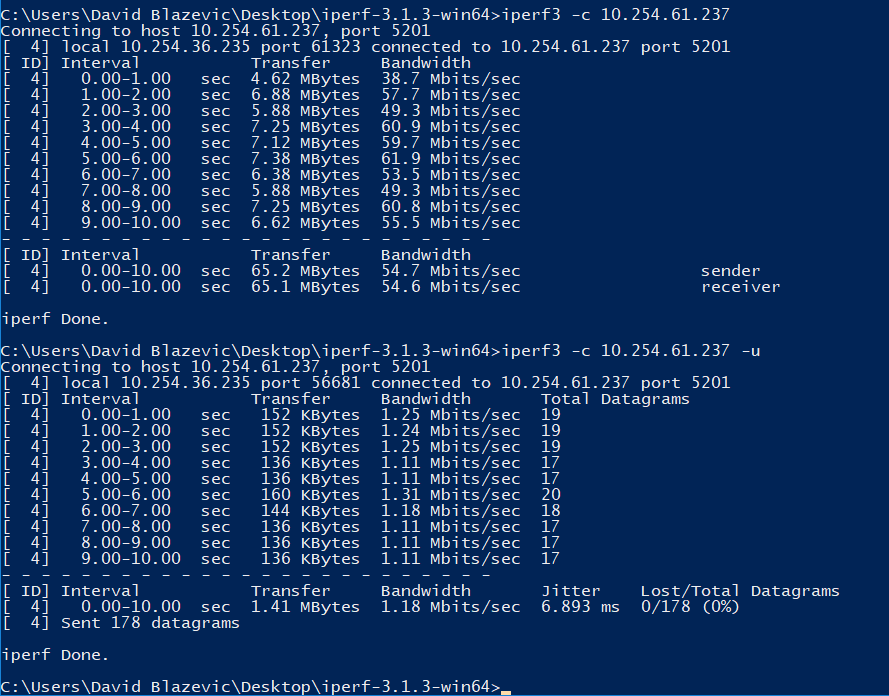
And speedtest results:
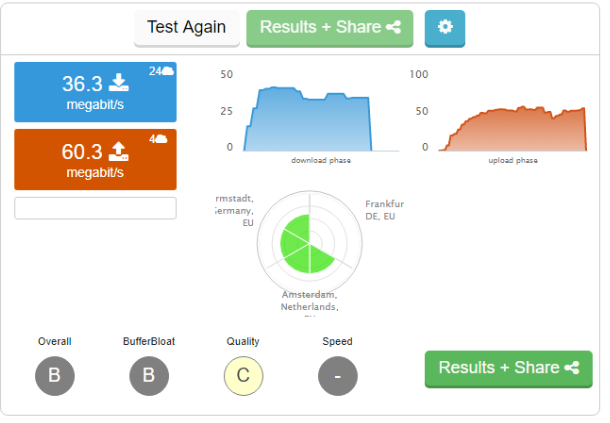
802.11s mesh results were much more consistent, bandwidth was greater than with ad-hoc mesh and there were no bandwidth dropouts.
 David Blažević
David Blažević
Discussions
Become a Hackaday.io Member
Create an account to leave a comment. Already have an account? Log In.
That seems to be a very disappointing result. Losing 70-90% of your bandwidth at a distance of 2m. Or am I interpreting the data incorrectly?
Are you sure? yes | no